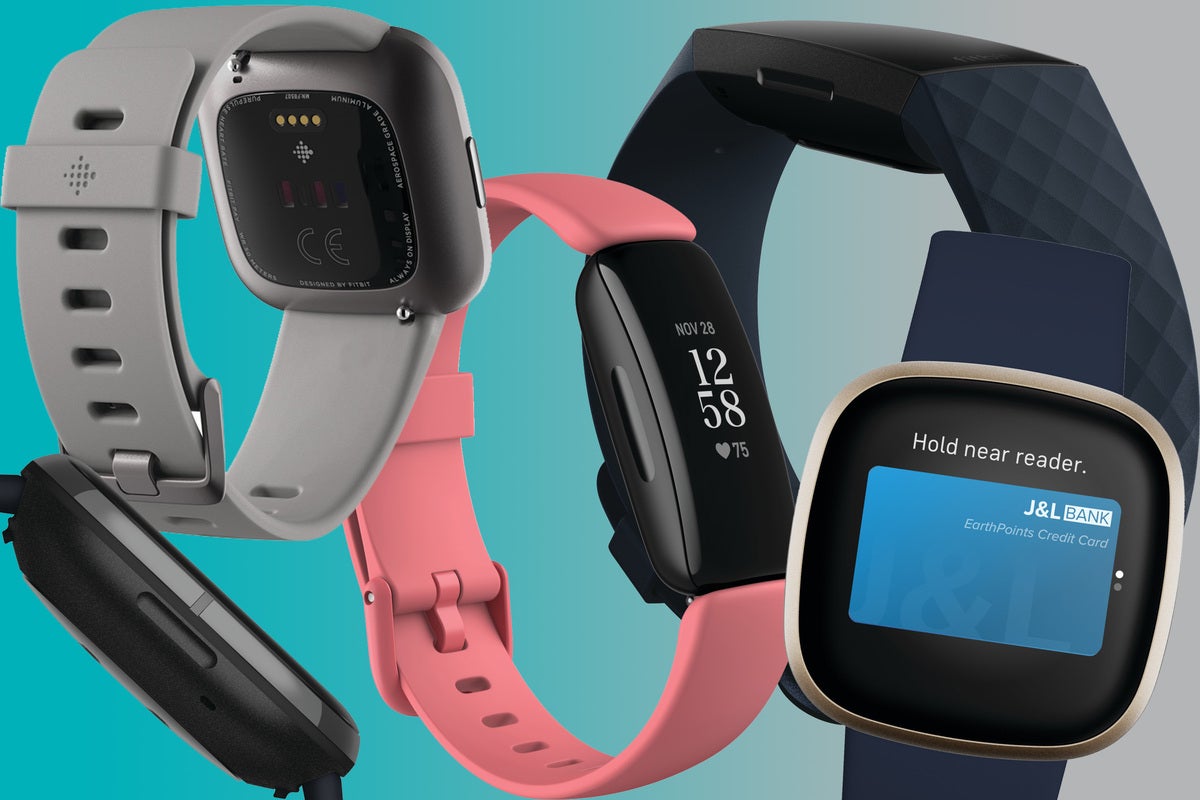

That probably does not seem like a long time, and honestly, even in the fast-paced world of technology, it isn’t. Unfortunately, as research – and a lot of user reviews – suggests, the Fitbit might not last as long as any of us would like it to.Īfter scouring the depths of the Internet to figure out the average lifespan of the Fitbit so that I could decide whether or not to buy one for myself, I learned that Fitbits generally last two years, tops. You’d expect a Fitbit to last you for four, maybe even five years, right? If you are going to invest your hard-earned money in a device that can help you keep track of your health and wellness goals, you want something that will last for years. 5 Reasons Your Fitbit Is Quickly Losing Battery.

Related Content You May Find Interesting.Which factors influence a Fitbit's lifespan?.What is the average lifespan of a Fitbit?.How Long Does A Fitbit Last Before Replacement?.The battery life is a bit higher, according to Fitbit, at charge 3 with 7 days than with the Inspire HR. In batch 3 there is this option, which is called Quick Replies. Although the Fitbit Inspire HR also delivers the notifications on the display, it does not offer the ability to respond directly through the tape. The third difference concerns the notifications. The manufacturer has his own system here, which is called Fitbit Pay. Charge 3 thus offers the possibility for mobile payment. In addition, batch 3 has a NFC chip installed. The Inspire HR does not have this option because there is no altimeter. This allows the more expensive fitness tracker to also record floors. In terms of hardware, Fitbit has provided Charge 3 with an altimeter. Charge 3 is reported with a little more battery life.However, the differences are small and manageable: Differences in functionality Overall, the Fitbit Charge 3 may be slightly more than the Inspire HR.


 0 kommentar(er)
0 kommentar(er)
